Gotham Garage’s legal battle with Warner Bros over some copyright infringement issues hit the headlines in 2011. The reality television star and garage owner, Mark Towle, was the defendant in the case, and it was DC Comics, a subsidiary of Warner Bros Discovery, that filed the case – Mark was accused of creating cars using a design owned by the American comic publisher. The Federal District Court ruled in favor of the complainant in 2013 – it was moved to the Court of Appeal, and the three-part test was used to ascertain the validity of the complaint by DC comics. It resulted in the same verdict, so the defendant brought the case to the Supreme Court in 2016, but the higher court refused to hear it.
Who is Mark Towle?
The successful car builder and restorer gained a great reputation for creating props for movie sets, and later on for offering customized replicas of vehicles that were featured in Hollywood films and TV shows.
His early life and family
A native Californian, Mark Towle came from humble beginnings as he was raised with his three siblings by his single mom. He was taught early on in life the value of hard work, as it was the only way to secure financial stability not only for himself but also for his family. Like most people in the low economic spectrum of society, he did odd jobs while growing up to help his mother. Since he couldn’t afford to buy new things, he along with his best friend would go dumpster diving to look for broken toys or gadgets, and through immense patience and desire for learning, he developed skills in fixing them. When he was 16, he was fortunate to find work in a local auto shop, because it was there that he found what he wanted to do in life. Mark continued to learn how to fix things by taking on diverse projects, not knowing that they would serve as his training ground for a great future ahead.
Building a garage of his own – Gotham Garage
With his talent and determination, in 1998 he used all his savings which he’d accumulated from being a well-known studio props creator in Hollywood, to build his own auto shop called Gotham Garage, based in Temecula, California. This time he went into car building, and aside from replicas of cars featured in the movies, he started restoring classic cars and flipping them, and developed a reputation for accepting car restoration work rejected by other auto shops. He loved to challenge himself and wouldn’t say no to those clients, which made Gotham Garage unique, and led to its success.
From Gotham Garage to “Car Masters: Rust to Riches”
With the proliferation of automotive-related shows in the cable TV industry and other streaming platforms in the last decade, it wasn’t a surprise that a production company offered Mark Towle and Gotham Garage’s crew a reality TV show. On 14 September 2018, “Car Masters: Rust to Riches” made its worldwide premiere on the popular streaming network, Netflix. The basic narrative was that Mark’s resident deal maker, Shawn Pilot, would go out and enter into a series of car trades and potential restorations that would lead them to their ultimate moneymaker. They would start with a simple inexpensive car amounting to no more than $1000, restore it and then trade it for a more valuable car. They would repeat the same process until it reached $100,000 or more. Mark’s crew also included Constance Nunez, the engine specialist; Michael “Caveman” Pyle, the mechanic; and Tony Quinones, the master machinist.
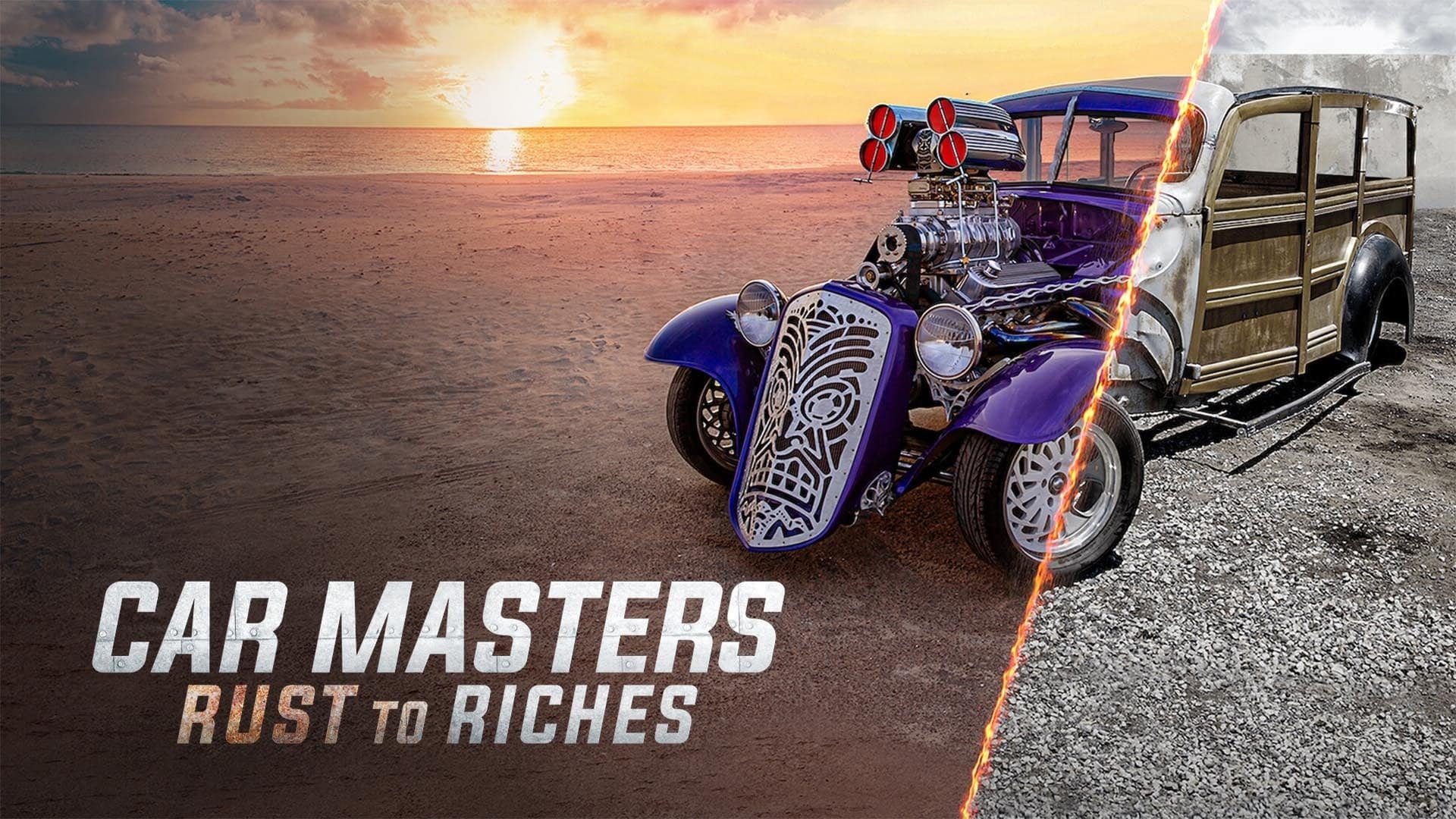
Cultivated a devoted fan base
“Car Masters: Rust to Riches” might not be the top automotive-related reality TV show in the world, but it garnered a devoted fan base. From discussions on online forums, viewers enjoyed the effortless and comfortable banter between the crew, saying that the show needn’t resort to dramatic confrontations. Apparently, some viewers wanted straight-up car restoration, and the natural tension in a workplace due to the pressure of meeting a deadline or just plain frustration for things that didn’t go their way. They also loved all the car trades along with the car customizations within one episode. Each season had eight episodes, and even during the pandemic when other shows took a break, Mark’s reality TV show continued filming and airing.
Interesting sample car trades and restorations done in the show
Shawn and Mark went to junkyards and wreckers to acquire old car parts for their concept car project, which would be the start of a series of car trades and restorations to achieve their ultimate goal of reaching $250,000; to get to that point, they needed money to expedite their plans. They built one Gotham Garage-style rat rod using a 1928 Essex with a new engine mixed with salvaged parts. After it was restored, it was sold for close to $30,000.
https://www.facebook.com/MAKPicturesTV/posts/pfbid0XNEdv1ADDghf22QANP7uMfVmrbJM8eebdgJ4hAoyu7h51Pe8NNxHZxuJ8xWZx1al
Next, Shawn had a high-end client who wanted his Elite Laser 917 restored to a race-worthy vehicle for an easy $40,000, and they needn’t buy the Porsche engine the owner wanted because it was provided as well. The only catch was that the owner was a race car driver with the best time of 2:03, and wanted his speed to be under two minutes. It was quite a tall order, but he promised to give them a bonus of $10,000 if they achieved it. They faced the challenge head-on and nailed it, so got the bonus money. With what they earned, they bought another car to restore and flip, until the profit grew to match their ultimate goal.
One huge controversy: Is the cast for real?
Most reality shows these days are accused of actually being unreal, and viewers couldn’t be blamed as there were certain elements in the shows that contributed to this assumption. In the case of “Car Masters: Rust to Riches,” most fans doubted the resumé of a couple of Mark’s crew members, Constance Nunes and Shawn Pilot, with some believing that these two were only added to the crew to make the show more interesting.
Constance was supposed to be an engine specialist in the garage but she looked more at home on fashion catwalks or at red carpet events. She never hid that she was also a model on the side, however, her long nails were maintained beautifully all the time in the garage, so it seemed highly unlikely that she could comfortably work with screwdrivers and wrenches. Most agreed that she was there to be the eye candy of the show, even if she grew up with a car builder for a father. Shawn was the deal maker on the team, but they never talked about him being a professional poker player and an actor. He played in major poker competitions, and won some of them. He dabbled in acting, and his most interesting work was in the movie “Three Kings” with George Clooney and Mark Wahlberg. They all pretended that they were financially dependent on the success of the shop.
Warner Bros/DC Comics – Mark Towle/Gotham Garage lawsuit
When it was reported that there was a case between Warner Bros and Gotham Garage over copyright infringement, most people wondered about the reason behind it. However, those car enthusiasts, who had been following the career of the car restorer and prop creator, immediately knew it had to be about the iconic comic vehicle, the Batmobile.
Get to know the Batmobile
Batman was a popular superhero created by Bob Kane, launched on 30 March 1939 in the American comic book Detective Comics, which later on went by the name of DC Comics. In the story arc, the superhero owned a car that was christened the Batmobile. When the live-action TV version of the comic book was made in 1966, and aired on ABC, George Barris, a popular Hollywood car builder and designer, was tapped to create the car, which was inspired by the 1955 Lincoln Futura. The 1989 movie version of the Batmobile was made by movie production designer Anton Furst, who handed the rights to Warner Bros.
The reason behind the lawsuit
In 2011, DC Comics/Warner Bros filed a case against Mark Towle because the latter built and sold three cars that were replicas of the Batmobile. The first two were replicas of the 1960s version, and were sold for a total of $170,000. The third car was a replica of the one featured in the 1989 Batman movie, which starred Michael Keaton. DC Comics said that Mark willfully violated the copyright and trademarks that they owned.
Arguments from the plaintiff, DC Comics/Warner Bros
The case was described as somewhat provocative, and people in the car building and restoration industry were deeply interested in the outcome. The lawyer who represented Warner Bros, J. Andrew Coombs, stated in the papers submitted to the court, ‘Batmobile incorporates trademarks with distinctive secondary meaning.’ He said that with the replicas that were sold, Mark would have created confusion with the consumers who would mostly think that they were products manufactured by DC Comics. He argued that ‘The Batmobile Vehicles are never referred to simply as ‘cars’ but rather always by name — BATMOBILE.’ It was designed with futuristic elements to it, which were highly uncommon to the regular vehicles out there at that time. He mentioned that the Batmobile was also used to interact with popular superheroes in the story such as Batman and Robin, which served as a fundamental part of the story arc whether in the comics, TV series, or movies. They also included in the lawsuit the defendant’s use of Batman trademarks when he advertised his replicas.
Arguments from the defendant, Mark Towle of Gotham Garage
There were those who thought that the lawsuit was quite trivial, and should have been settled out of court. However, Mark said, ‘The fact is that the issues that will be decided will have a significant impact on automobile makers and manufacturers’, and was the reason why he continued defending his case. He was represented by a lawyer named Larry Zerner, and his main argument as stated in the legal papers that were submitted was based on the US copyright law. ‘It is black letter law that useful articles, such as automobiles, do not qualify as sculptural works.’ Their camp further said that cars simply were not eligible for copyright protection. For instance, no individual could copyright the basic hood of an automobile because it served a useful purpose such as for protection. While DC Comics insisted that the Batmobile was ‘unfairly exploited and unlawfully distributed,’ Mark countered it with an ‘automobile is an automobile’ argument. He believed that DC Comics or any entertainment company didn’t have the right to prevent anyone from creating replicas of automobiles. His defense team also used the laches defense to the trademark infringement claim.
Federal District Court ruling over the case
In February 2013, the lawsuit between DC Comics and Mark Towle in the Federal District Court concluded with a 54-page ruling released by US District Court Judge Ronald Lew. He declared that the court found that the Batmobile was a copyrighted character, and sided with the plaintiff. Judge Lew wrote, ‘The Batmobile is a character and exists in both two- and three-dimensional forms.’ It meant that the existence of the Batmobile in the three-dimensional form was a result of it being featured in the 1966 TV and 1989 movie versions. He ruled that the Batmobile was a character, and the argument of it being a “useful article” was irrelevant as the replicas were considered derivative works. He also said that Mark Towle’s argument that Batmobile was simply an automobile missed the fantastical aspects of its design that made it uniquely different from regular automobiles.
🏁
💥 GALA NIGHT 💥Mark Towle – as seen on: Gotham Garage
Raising Money For The Desert Cancer Society!
Big Rock Pub
Info: https://t.co/sv2zHSJsqQ#CharityAuction #Indio #Coachella #PalmSprings #ClassicCarAuction #ClassicCars #CarsStarsROCKnROLL pic.twitter.com/tUEWAUcrFy— egauctions (@egauctions) November 2, 2018
One of the things that sealed DC Comics’ victory was that Mark used Batman marks when he advertised his car knock-offs. Those bat-design logos led his customers to inquire if Mark was associated with the entertainment studio. However, when it came to the question of Mark being aware that his actions of creating replicas of the Batmobile committed copyright infringement, ‘the Court cannot determine as a matter of law that Defendant’s conduct constituted deliberate infringement.’ Mark testified that he believed that only the 1989 Batmobile had copyright infringement, and had waited for the design patent to expire before selling the replicas. The court also said that the defendant couldn’t use the laches defense argument, because he willingly used the Batman trademark for advertising purposes.
The Court of Appeal’s judgment
After the federal district court rendered its judgment, Mark Towle appealed. The copyright infringement case was brought to the Ninth Circuit Court of Appeals, which released its judgment in September 2015. The three-judge panel comprised of Circuit Judges Michael J. Melloy, Jay S. Bybee, and Sandra S. Ikuta, based its ruling on the framework of the three-part test. They concluded that the Batmobile was entitled to copyright protection as it was an automotive character, and it also declared that DC Comics owned the copyright interest of the Batmobile as the entertainment company never transferred its rights when they licensed it to produce derivative works. With the argument that Mark didn’t sell the exact design of what was in the comics, the panel of judges ruled that when it comes to copyrightable characters such as the Batmobile, a replica need not be consistent in every aspect of the appearance, as long as the distinctive traits and attributes were present. Basically, the Court of Appeals only reaffirmed the ruling of the lower court.
Supreme Court Decision
Mark Towle didn’t give up on his fight, and so elevated the case to the Supreme Court, but in March 2016, the higher court decided not to hear any appeal anymore about the case, which ended the copyright infringement issue about the Batmobile, which meant that no knock-offs would be allowed to be created without the approval of DC Comics/Warner Bros.
What happened to Mark Towle after losing the lawsuit?
After years of battling it out with DC Comics/Warner Bros, and the courts ruling against him, some people thought that it ended Mark Towle’s career. They couldn’t be more wrong, as the lawsuit generated such wider interest in him and his car-building skills, that a reality TV series was offered to him – it was at this time that “Car Masters: Rust to Riches” was born.
Initially, after the first season was aired, everyone thought that it was canceled because no new episodes were aired in 2019. They were pleasantly surprised that in 2020, it returned for a second season, and generated a loyal following. Two more seasons were ordered by Netflix, as fans couldn’t get enough of the episodes.
https://www.instagram.com/p/CogCRkbPkzy/
While Mark and his crew at Gotham Garage didn’t post enough on their official Instagram page of Gotham Garage, it seemed that they were busy with work at the auto shop, customizing cars. They were also attending annual car events across the country, and interacting with fans. Each time they uploaded a photo or posted something, they never forgot to promote the latest season of the reality TV show on Netflix. There was apprehension from some people that there might not be a fifth season, because other members of the crew established their own businesses, but there were no hints or official statements that it had been canceled. The last season ended airing in July 2022, and loyal fans are expecting new episodes in July 2023.

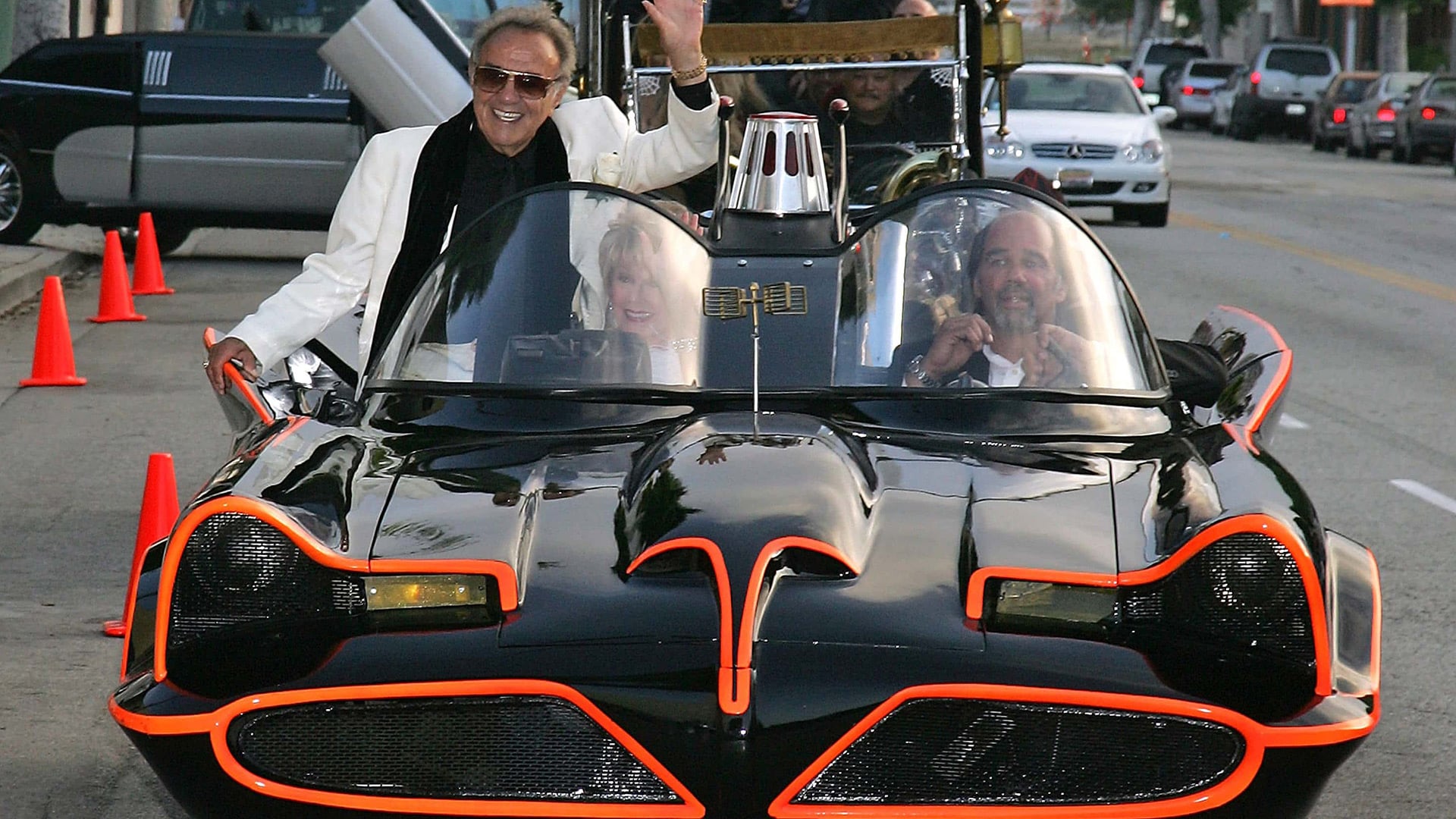


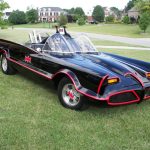
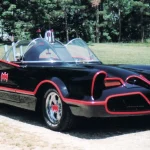

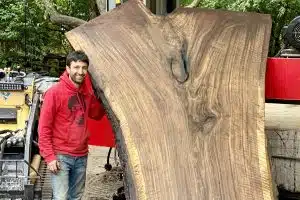



Leave a Comment